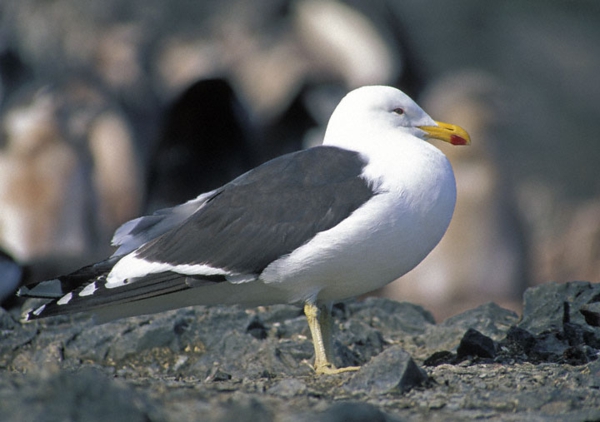Species Of Gull
You may well have seen a seagull taking the opportunity to steal food from someone at the seaside or depending on your level of interest you may have even admired the sight of the gull in full flight. There are a large number of different species of gull and each of course differs slightly in its appearance and characteristics, here is a selection of those.

California Gull
The size can vary but the California Gull will generally be of medium size and its features mainly comprise of a largely white body, upper wings and back which are grey, a black circle on a yellow bill and brown eyes on a head more round than that of some of its counterparts.
Iceland Gull
This gull is a particularly large one and despite the name it will only be found in Iceland during the winter months. The bill of a mature Iceland Gull will be a mixture of green and yellow while that of a younger gull will be much darker. The colour of the adult will be pale grey with the immature gull even lighter in its shade of grey.
East Siberian Gull
The exact category in which the East Siberian Gull (or Vega Gull) falls is still something of a grey area. Some may choose to put it in alongside the European Herring Gull, while others tend to classify it beside the American Herring Gull. During winter the head will contain streaks of brown, the eyes are generally dark and the legs are a bright shade of pink.
White-eyed Gull
The characteristics of the White-eyed Gull are specific to the Red Sea region from which it originates. It is a particularly rare species and in terms of appearance the upper and inner parts of the wings are a fairly dark shade of grey, the hood is black with the underwing almost as dark and the tail is white.
Franklin’s Gull
As with a large number of gulls the Franklin’s will go for both plant and animal prey and it can be found breeding throughout central areas of Canada and the north of the United States of America, venturing around South America and the Caribbean during winter. The body of the adult is white in summer with its wings and back a more dark shade of grey while the winter months will see the adult generally tend to lose its black hood.
will stone is a keen bird watches, writing on behlaf of Total Pest Control
Species Of Gull

